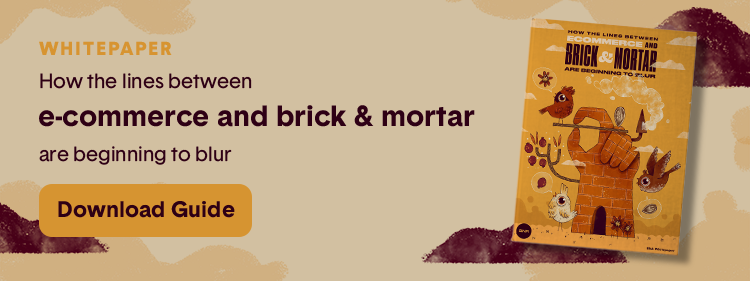The checkout process has been changing, albeit slowly, over the past several decades. First there was cash, then cheques and the cardboard “charge card.” Debit and credit crushed those payment methods once they came into existence and became the norm.
Now, we’re seeing the emergence of digital payment methods like e-wallets (Apple Pay, Google Pay), digital funds transfers (Interac e-Transfer), cryptocurrency (Bitcoin), and digital payment platforms (Alipay, WeChat Pay).
So the question is – what’s next?
With cash more quickly becoming an outdated mode of payment thanks to new, innovative digital payment options, what will the future of payments look like?
The rise of alternative payments
Move over, cash and credit. Thanks to awesome advances in payment technology, consumers now have easier and more convenient ways to pay.
Sure, not everyone is using alternative payment options like digital funds transfers, e-wallets, and digital payment platforms today, but statistics show the use of these payment methods is rising rapidly.
In fact, many predict that mobile payments will become the second most popular payment method, behind debit, in the next few years.
Local payment options
Local payment methods (LPMs) often go hand in hand with alternative payment methods (APMs). It’s going to become more important for brands to accept local payment methods in the future considering more companies are now selling globally.
If you’re thinking of selling your products or services on a global scale, pay attention.
Many business owners don’t realize that consumers have widely different preferred payment methods based on where they live. For example, Alipay and WeChay Pay are hugely popular in China, so if you want to sell in China, you should accept these digital wallets. If you’re a US or foreign brand looking to sell in Canada, then you’ll want to consider funds transfer services like Interac e-Transfers – a favourite of Canadian consumers.
When selling globally, conducting market research into preferred payment methods is key to meeting customer demand.
Invisible payment solutions
We’d argue that this is set to be the biggest (and coolest) payment trend to take over virtually every industry in the future of payments.
We’re already seeing (and LOVING) invisible payments today. Think: Uber. Think: subscription models. Think: one-click payments.
Basically, invisible payment solutions allow you to pay for goods or services without having to even think of paying for those goods or services. The payment process takes place in the background, so you can just get what you want and go.
No waiting in line.
No spending time inserting your card into a terminal.
No filling out endless form fields to pay.
The payment experience is basically removed from your life.
Integrated payments
Not many brands have perfected integrated payments yet, but this will definitely become more common in the near future. More and more consumers are taking part in what is known as omnichannel shopping – they're shopping using a wide range of channels, including online, at unattended kiosks, in store, over the phone, and more.
Integrated payments enable them to use their preferred payment methods regardless of what channel they choose to buy from. It offers a consistent buying experience across all sales channels, so they can jump from one to the other without obstacles. And it gives you access to payment data from all sales channel in one place.
Biometrics
Just think about how incredibly convenient it is for you to be able to sign in to any app on your phone just by using your fingerprint. Soon, you should be able to do the same with payments. Just “unlock” the payment by scanning your fingerprint, eye, face, etc.
Goodbye, PINs! Hello, quick payments.
Smart recommendations
Many shoppers love (and some really hate) how Amazon knows them oh so well. Amazon uses data to recommend new products to consumers based on their past purchases, shopping behaviours, and demographics. This offers a more personalized shopping experience that is meant to delight consumers.
You can expect more brands to use data to offer smart recommendations in the future, whether that’s product recommendations, personalized discounts, or loyalty offers. In fact, most brands are going to need to get on this bandwagon quick if they’re going to attract and retain customers in the future, especially younger, digitally savvy customers.
The future of payments is cashless. Based on what we’re seeing today, we can predict that these trends are going to grow and become the norm in the future.



